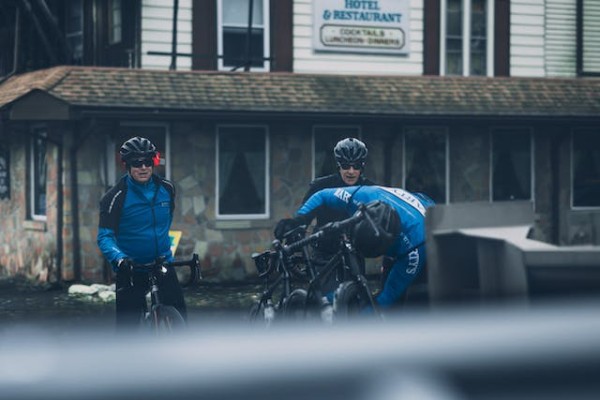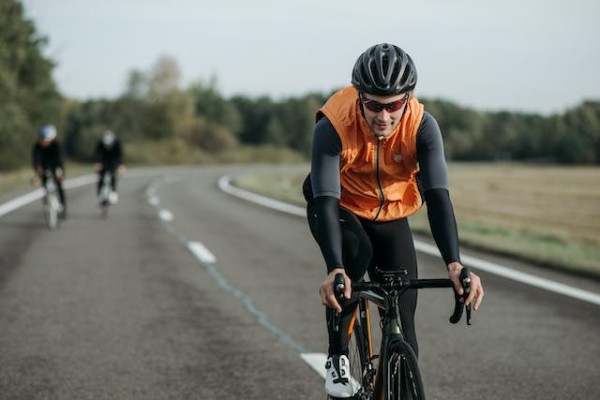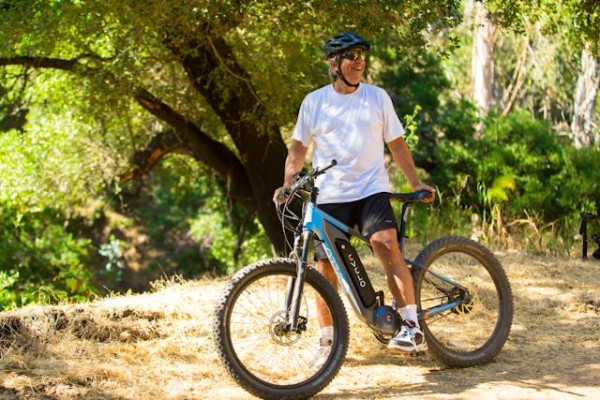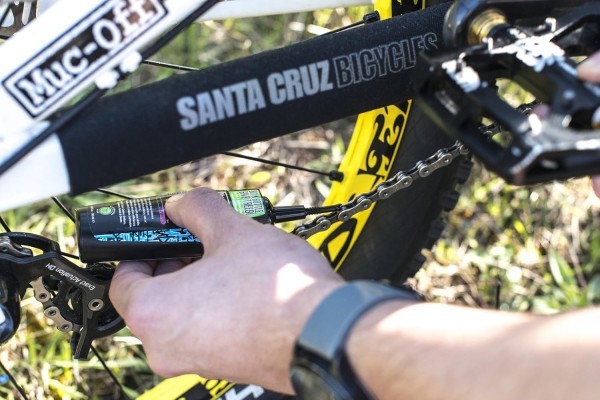Embarking on a bikepacking trip is like stepping into the unknown, a journey that takes you beyond the confines of your daily routine and into the vast expanse of the great outdoors. As you pedal your way through uncharted territory, the thrill of adventure and the sense of freedom envelop you, fueling your desire to explore further.
But before you set off on this grand escapade, there are a few things you need to know, a few tips and tricks that will ensure a smooth and successful journey. Fasten your helmet and prepare to embark on a voyage of discovery as we unravel the secrets of planning the perfect bikepacking trip.
1. Choosing the Right Bike
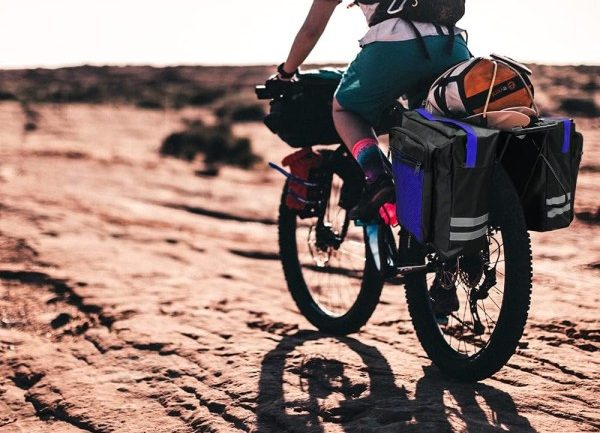
One of the most important decisions you’ll need to make is choosing the right bike for your journey. When it comes to bikepacking, you’ll want a bike that can handle rough terrains, carry your gear, and provide a comfortable ride for long distances.
Consider a versatile bike that can handle both paved roads and off-road trails. A gravel bike or a hardtail mountain bike with wide tires and a sturdy frame could be a great choice. Look for a bike with multiple mounting points for racks and bags, so you can easily carry all your gear.
Don’t forget to test-ride different bikes to find the one that feels comfortable and suits your riding style. With the right bike, your bikepacking adventure will be a breeze.
2. Essential Gear and Equipment
Now that you have chosen the perfect bike for your bikepacking journey, it’s time to dive into the essential gear and equipment you’ll need to ensure a successful and enjoyable adventure.
First and foremost, you’ll need a reliable helmet to protect your head in case of any falls or accidents. Look for a helmet that fits comfortably and meets safety standards. Next, invest in a sturdy and waterproof tent that can withstand various weather conditions. Your sleeping bag should be lightweight and compact, yet warm enough to keep you cozy during chilly nights.
A compact stove and cookware set will come in handy for preparing meals on the go. Don’t forget to pack a repair kit with essential tools, spare tubes, and patches for any bike mishaps. Lastly, invest in a good quality backpack or frame bag to carry your gear and supplies.
3. Route Planning and Navigation
Before you set off on your adventure, take the time to research and plan your route thoroughly. Consider the terrain, the distance, and the availability of resources along the way. Look for established bikepacking routes or trails that are suitable for your skill level and desired level of challenge.
Take into account the weather conditions and any potential hazards that you may encounter. Make sure to have a reliable navigation system, whether it’s a GPS device, a smartphone app, or a detailed paper map. Familiarize yourself with how to use your chosen navigation tool before you hit the road.
4. Packing Tips and Tricks
When it comes to packing for your bikepacking trip, organization is key. You want to make sure everything is easily accessible and securely fastened to your bike.
- Start by creating a checklist of essential items such as a tent, sleeping bag, cooking equipment, and clothing.
- Roll your clothes tightly to save space and use dry bags to keep them protected from rain or water crossings.
- Distribute the weight evenly between your front and rear panniers to maintain balance while riding.
- Utilize every available space, such as stuffing socks inside your shoes or filling gaps with small items.
- Remember to pack a repair kit with spare tubes, a multi-tool, and tire levers.
5. Safety and Emergency Preparedness
As you gear up for your bikepacking adventure, ensuring your safety and preparedness in case of emergencies should be at the top of your priority list. While bikepacking can be an incredibly rewarding experience, it’s important to be prepared for any unexpected situations that may arise.
Before you set off, make sure to pack a well-stocked first aid kit, including bandages, disinfectant, and any necessary medications. It’s also crucial to carry a means of communication, such as a fully charged cell phone or a satellite phone, in case you need to call for help.
Additionally, familiarize yourself with the route you’ll be taking and have a contingency plan in case of inclement weather or road closures. Being prepared and equipped with the right tools can make all the difference in ensuring a safe and enjoyable bikepacking trip.
Frequently Asked Questions
How Many Miles Can I Expect to Cover in a Day During a Bikepacking Trip?
During a bikepacking trip, you might be wondering how many miles you can cover in a day. Well, it all depends on various factors like your fitness level, terrain, and weather conditions. Some experienced bikers can go as far as 60-80 miles in a day, while others might aim for a more relaxed pace of 30-40 miles.
It’s important to listen to your body and adjust your expectations accordingly. Remember, it’s not just about the distance, but also enjoying the journey!
What Are Some Common Challenges or Obstacles I May Encounter While Bikepacking?
You may encounter a variety of challenges and obstacles while bikepacking. Some common ones include rough terrain, unpredictable weather, navigation difficulties, and physical exhaustion. The rough terrain can make it harder to pedal and maintain balance, while unpredictable weather can affect visibility and overall comfort.
Navigation difficulties can arise when trying to find your way through unfamiliar areas. Additionally, bikepacking can be physically demanding, so make sure to train and prepare your body for the trip ahead.
How Do I Handle Wildlife Encounters While on a Bikepacking Trip?
When encountering wildlife on your bikepacking trip, it’s important to stay calm and avoid sudden movements. Give animals plenty of space and never approach or feed them.
If you encounter a bear, make yourself appear larger by raising your arms and speaking loudly. Carry bear spray as a precaution. For smaller animals like snakes or insects, stay alert and avoid disturbing their habitat.
